Whether your tires are worn out, or you’re simply just looking to change them, choosing the right tire size is crucial for a safe and enjoyable ride. As the only part of the bike making contact with the ground, tires are a determining factor in performance and comfort.
This guide to bike tire sizes will share all of the information you need to know to choose the best tires for your bike for optimum performance and comfort.
How to read your tire size
Nowadays, all bike tires have a series of numbers written on the side of the tire, or sidewall. The numbers seen will be the tire size and recommended inflation pressures.
Focusing on the sequence of numbers that state the tire size, refer to the image below.
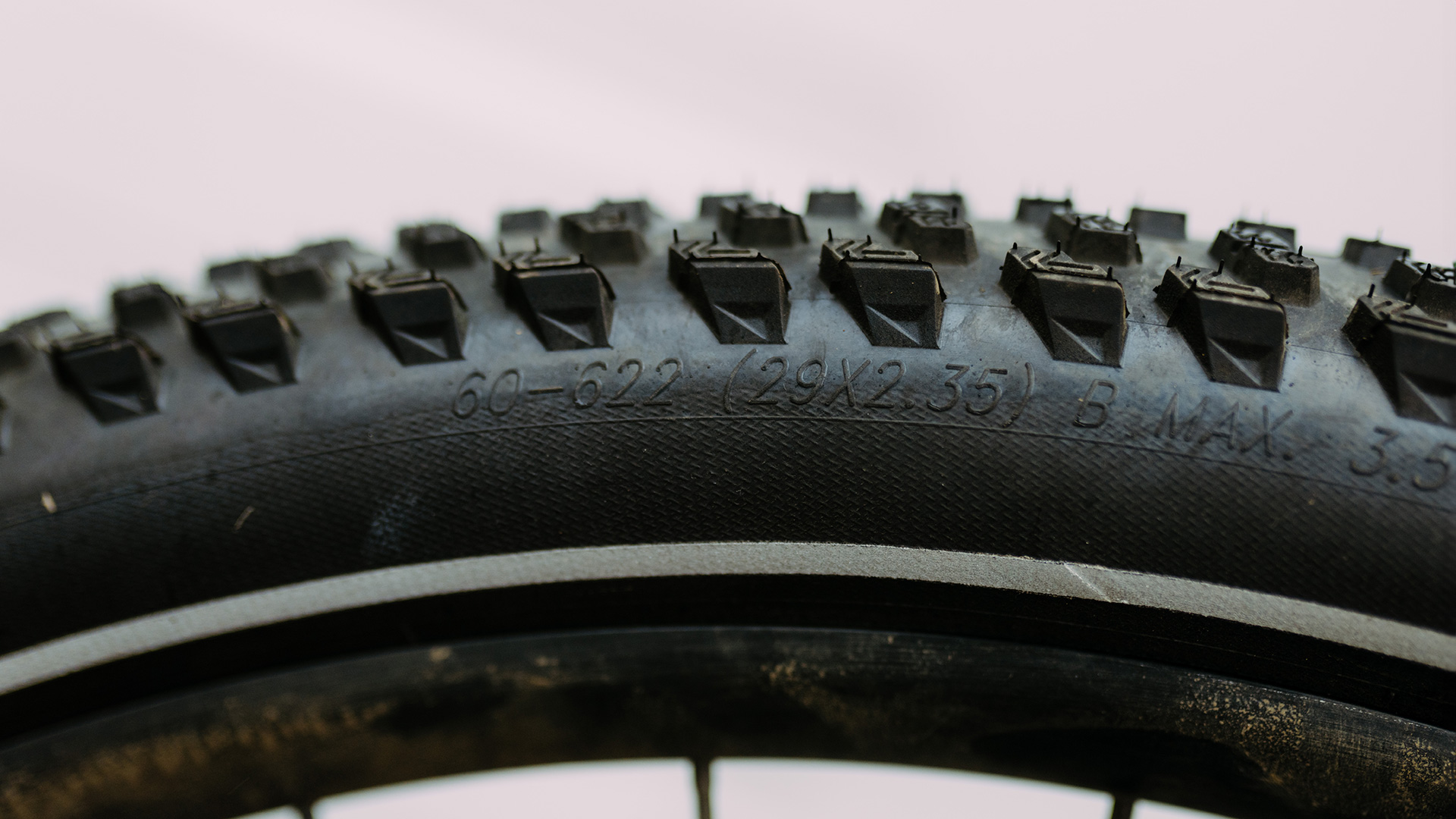
On the side of the tire, we can see multiple sets of numbers. The ETRTO (or ISO), English Size, and French Size.
ETRTO<ENGLISH<FRENCH?
What the heck is ETRTO?
ETRTO stands for European Tire and Rim Technical Organization.
The ETRTO, or ISO, number is the most exact and technical measurement of a bike’s tire. In the example of an ETRTO size specification 37-622 tells us that the tire is 37mm wide and the inner tire diameter is 622mm. It doesn’t get much clearer than that and it allows for very precise classification of the rim size.
This equally makes it easy to know how narrow or wide of a tire you can fit on your bike’s rims. In the photo below we can see what width tires we can fit safely onto which rim widths. We will speak more about sizing and how it affects the bike later in this guide.
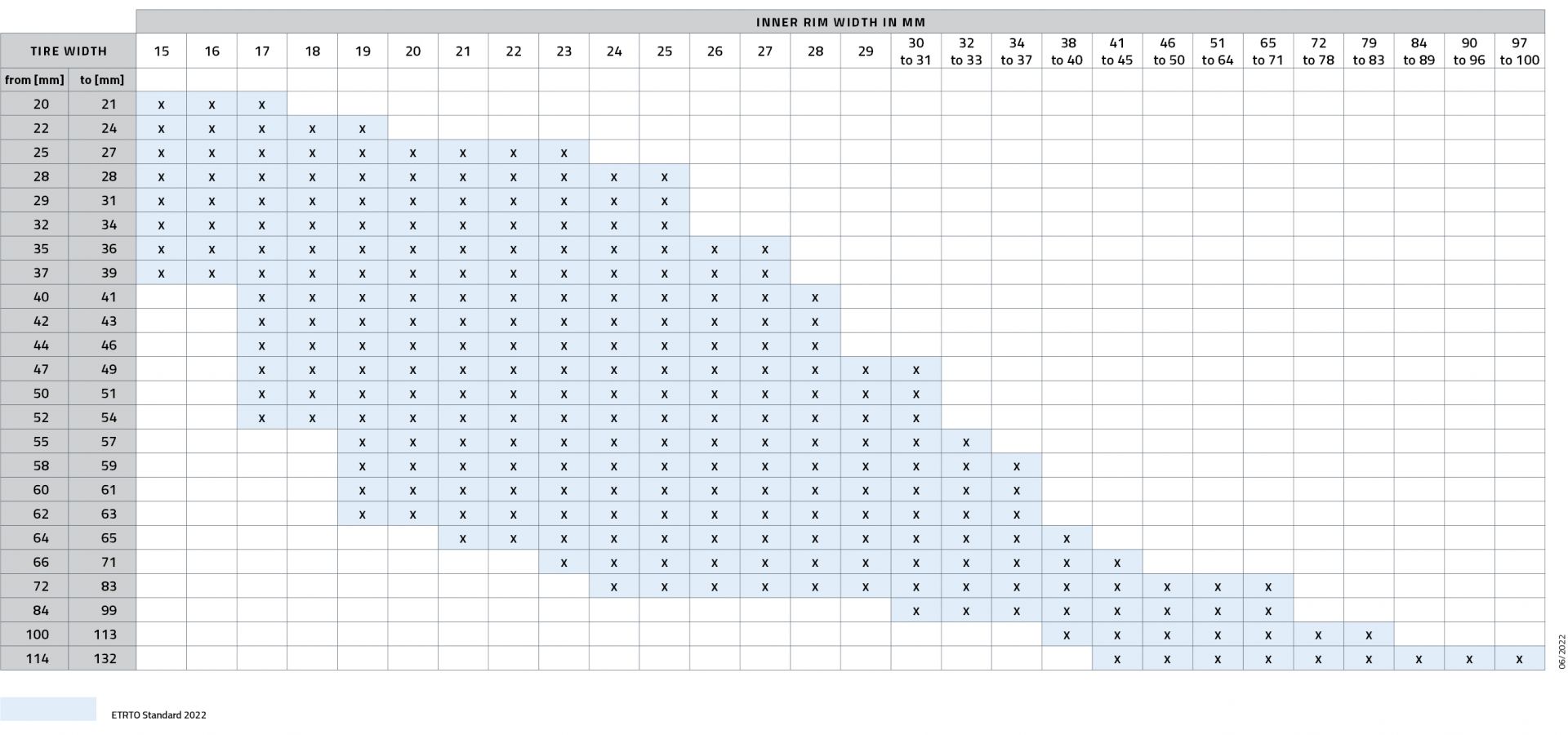
English Size
The English size is an older system, mainly used in the UK. It typically consists of two numbers separated by an “x” (e.g., 26×1.75). The first number represents the tire diameter in inches, while the second number denotes the tire width in inches. This format is becoming less common, but you will still see it on many tires available.
French Size
The French size, like the English system, is an older standard. It uses a combination of numbers and letters, such as 700x35B. The first number (700) represents the tire diameter in millimeters, and the letter (B) indicates the tire width. This system is not as widely used today but may be found on vintage bicycles.
Is wider better?
Understanding Width Changes
A tire’s width is measured at the widest point, i.e. outside the lug. This width can be affected once it is mounted, in relation to the internal width of the rim itself. If you were looking at a cross section of a tire on a rim, a wider rim would appear to have straighter sidewalls making the tire wider. Conversely, a narrow rim with the same tire would appear to cup the tire tighter through the sidewall to its location on the rim. This would make the tire measure more narrow.
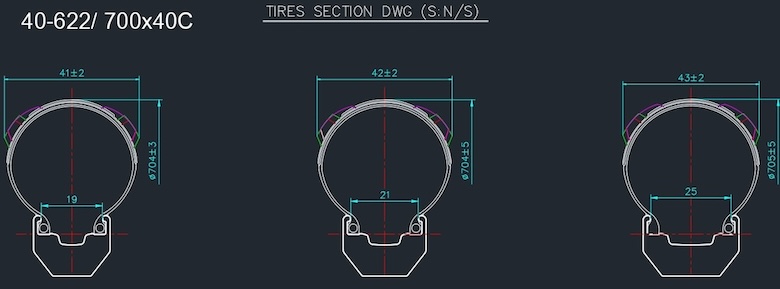
Changing the width of your bike tires can have a significant impact on performance, comfort, and overall riding experience.
Tire Width and Performance
Wider tires generally provide better stability and traction. They are suitable for off-road riding and can absorb more shocks from uneven surfaces. On the other hand, narrower tires often result in less rolling resistance, making them preferable for road cycling and racing.
It is important to note that if you are looking for the benefits of a wider tire, it is not as simple as just getting wider tires for your bike. Above we talked about the tire’s width in relation to the rim’s width. If a tire is too wide for the rim it will have the opposite effect of stability and feel very loose. You may have heard someone use the term “squirrelly” if a tire is too wide for the rim it will be soft in the sidewalls and not provide the proper support similar to riding with very low tire pressure.
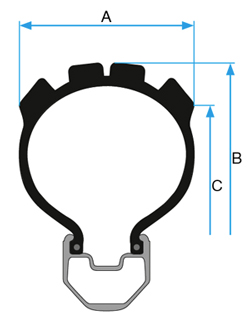
Comfort and Cushioning
Wider tires offer more air volume, which can enhance comfort by providing better shock absorption. This is particularly beneficial on rough terrains and long rides. However, the ideal width also depends on personal preference and the type of cycling you do.
Frame Compatibility
Before changing tire widths, ensure that your bike’s frame, fork, and rim width, can accommodate the desired size. Some frames have limitations on tire clearance, especially in terms of width. Check your bike’s specifications or consult with a professional if you’re unsure. This goes the same for bikes with fenders, which as a general rule will limit the max tire width even more than the bike’s specifications without fenders.
Is wider better?
Important to remember
Changing tire width may require adjustments to inflation pressure. Wider tires generally require lower pressure for optimal performance, while narrower tires may need higher pressure. Consult the tire manufacturer’s recommendations for the appropriate inflation range for your specific tire model if they are not printed on the sidewall of the tire.
Remember, experimenting with different tire sizes can be a valuable process to find the setup that best suits your riding style and preferences.



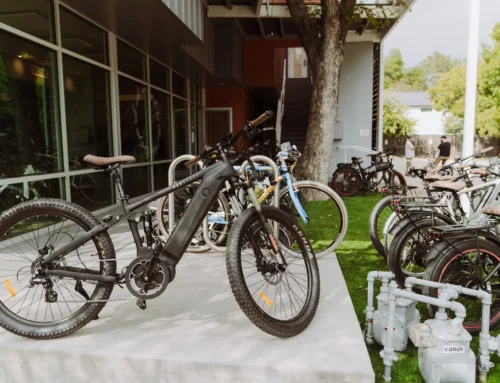
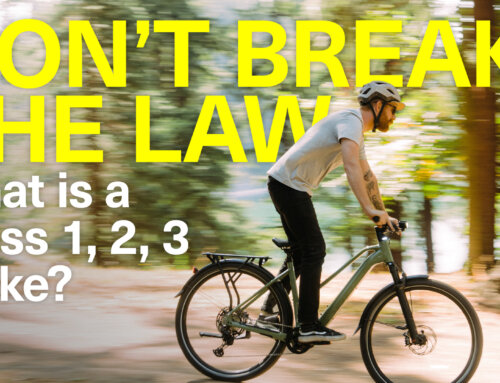
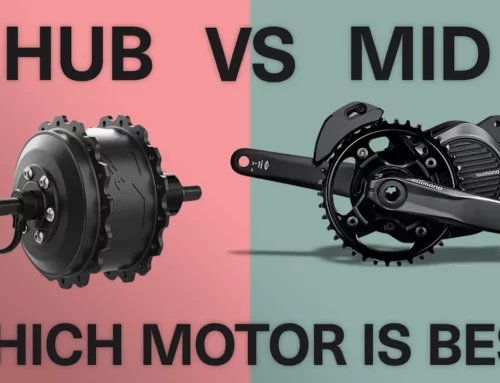
Leave A Comment
You must be logged in to post a comment.